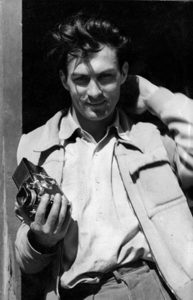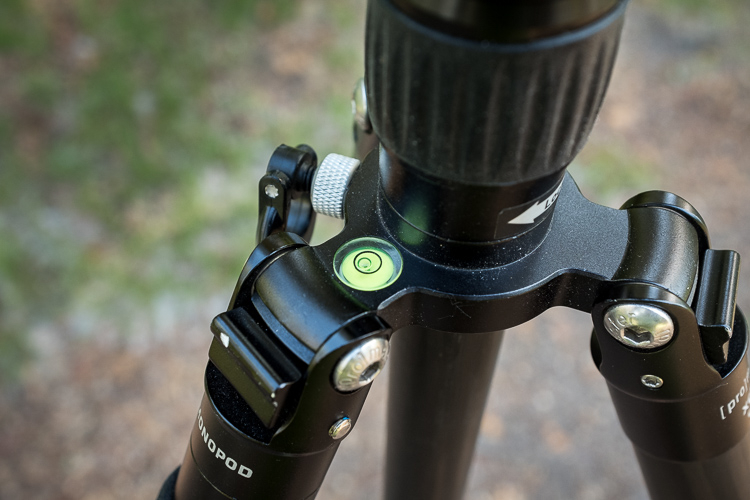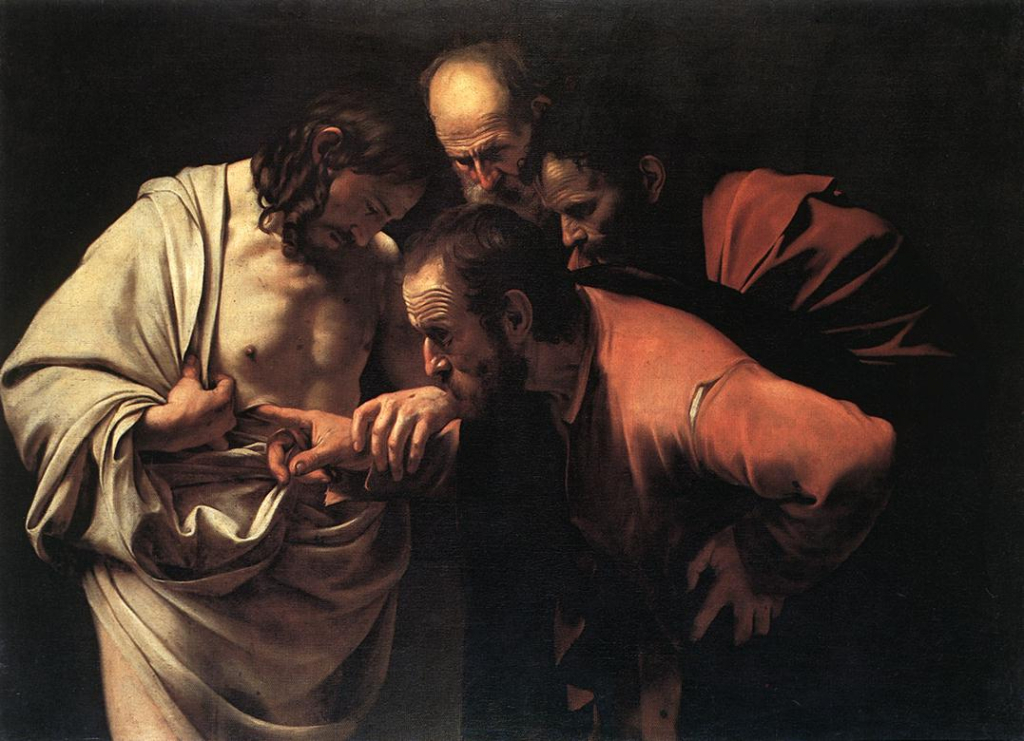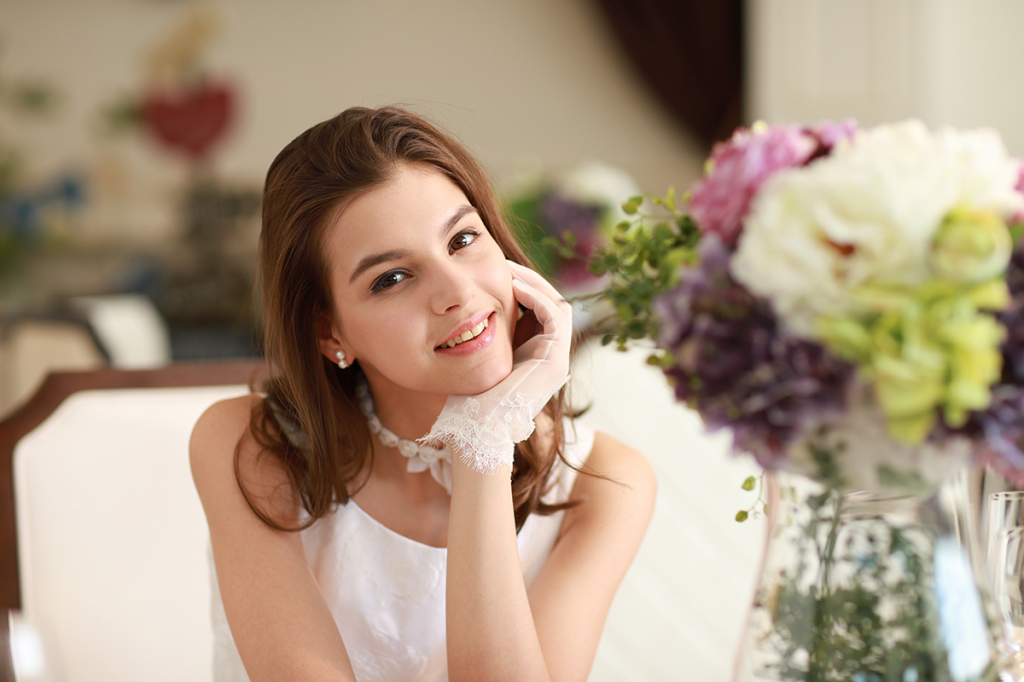ERNST HAAS – “FATHER” COLOR PHOTO
 Ernst Haas (Ernst Haas), one of the greatest masters of photography of the XX century, was born March 2, 1921 in Vienna. His creative potential manifested itself quite early. In his youth, Ernst was fond of painting. His mother, being a great connoisseur of art, influenced the formation of a good taste in a young man. It is her opinion and assessment that will be important to the photographer throughout her life.
Ernst Haas (Ernst Haas), one of the greatest masters of photography of the XX century, was born March 2, 1921 in Vienna. His creative potential manifested itself quite early. In his youth, Ernst was fond of painting. His mother, being a great connoisseur of art, influenced the formation of a good taste in a young man. It is her opinion and assessment that will be important to the photographer throughout her life.
Haas studied at the Institute of Graphic Arts and was actively involved in photography, since the 40s. During the Second World War, Ernst did not leave Vienna, he taught photography at the American Red Cross and worked in a photo studio.
Haas acquired his own camera when he was 25 years old, exchanging 10 kg of margarine donated for it. They became a dual-lens camera Rolleyflex. Later he changed it to Lake, as was the custom at the agency of photographers “Magnum”. Despite the precepts of Henri Cartier-Bresson regarding the use of certain technology, Ernst Haas himself always argued that the brand of the camera is of no fundamental importance. What is important is the look of the photographer who can feel the beauty. And how it will be fixed – the second case. The young man gradually develops his creative abilities, and comprehends all the technical and aesthetic subtleties of the profession. Ernst’s early works are still lifes, however, he gradually masters another genre.
The first prominent Haas photo essay was a series of photographs of Austrian prisoners of war returning to their homeland. The topic was very relevant at that time, and many photojournalists made such reports. Nevertheless, the work of Ernst stood out significantly against the general background. This happened in 1949, as a result of his collaboration with Inge Morat, a journalist for Heute. The work was so powerful in an artistic sense that soon the most popular magazine of that period, Life, hosted a Haas report. In fact, this shot was made from the Austrian self-taught, authority in the world of photography. The publishing house invited him to the state, however, Ernst chose to remain an independent photo reporter. In the same year, Robert Kapa invited him to join the agency Magnum Photos. According to Haas himself, he was the first person to become a member of the organization, after five of its founders. After 10 years, Ernst headed the agency, whose membership by that time had become a “quality mark” of the photographer.
When it comes to the professional development of Ernst Haas, one cannot help but mention the book “The Poet’s Camera,” which came to him at the end of the war. The work consisted of poetry, with illustrations of famous photographers of America; or photographs, accompanied by signatures in verses – it is difficult to understand. It was such a harmonious combination of poetic words and visual images that the book made an indelible impression on a novice photographer. The variability of the expression of the beautiful struck Ernst. Old masters taught him to see the “language” of the photograph, to hear its “music.” He himself began to “write” prose and poems in this language. Later he even called himself a composer using “other notes”.
In the 50s, Haas begins to experiment more and more, standing at the origins of a color photo. By that time, he had already moved to New York. Thanks to the use of color film, shallow depth of field, the diversity of his work looks very original for photojournalism. Ernst has become an innovator in the world of photography. His ability to interact with color and light gave birth to real works of art.
In 1953, Life magazine for the first time published a large color photo essay dedicated to the city of the Big Apple. Its author was Ernst Haas. It will take less than 10 years and the Museum of Modern Art in the American city of New York will make the first exhibition of color photographs, which will feature works from that famous issue. The maestro does not just choose this city. He considers it a paradise for the photojournalist. New York is full of contradictions and unique combinations, like the artist himself. Everything boils, changes, collapses and is created. These feelings turned out to be close to Ernst, the author’s soul was put into the pictures. Perhaps that is why his works became symbols of the city, a vivid reflection of what others did not see. Enthusiastic reviews of the work were heard from both ordinary people and professional critics.
Haas saw his mastery in the ability to observe, see the beauty of life and at the moment of the peak make a “shot”. He sincerely believed that all frameworks and boundaries were enclosed in ourselves. Paraphrasing a well-known expression, he said: “Tell me what you see and I will tell you who you are.” Besides the fact that Ernst used color as an object in itself, he had many other techniques that were unique for that time. They took his pictures masterpieces. Photographer recorded life in the dynamics, sometimes using the blur on a long exposure.



